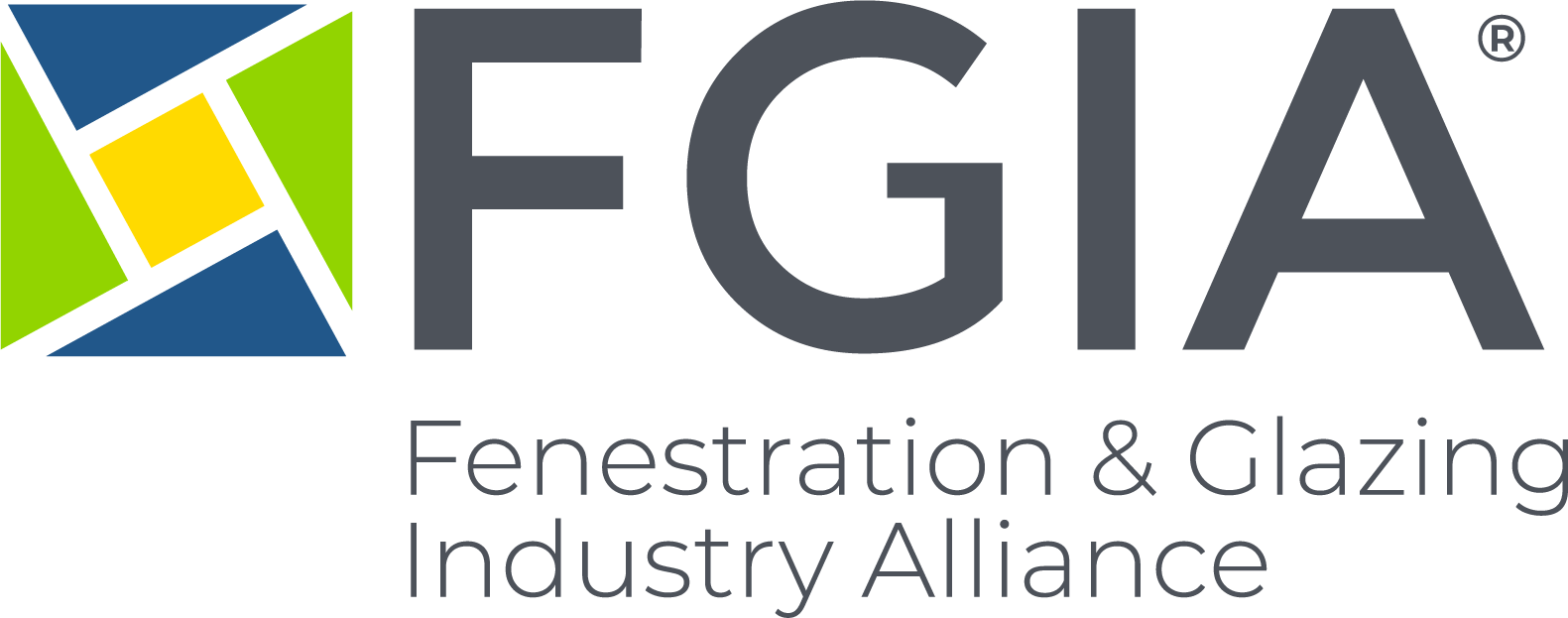Panel Discusses Current State of Vacuum Insulating Glazing at FGIA Hybrid Fall Conference

Participants at the Fenestration and Glazing Industry Alliance (FGIA) Hybrid Fall Conference gathered for a panel discussion about vacuum insulating glass (VIG) and the current state of use in the field, as well as the challenges and opportunities VIG manufacturers can expect. The panel covered the history and properties of VIG, VIG technology and performance and markets served. Moderated by Dave Cooper, Chief Technology Officer of VacuumGlass LLC, the panel included Bill Davis, Senior IG Technical Service and Product Manager at Vitro Architectural Glass; Dr. Cenk Kocer, Senior Research Fellow at the University of Sydney; Marc LaFrance, Windows Technology Manager at the U.S. Department of Energy; and Dr. Kayla Natividad, Architectural Technical Service Engineer at Pilkington.
“There's a strong vacuum between two plates of glass. The gas space slows that down, but the vacuum space really cuts back on that conduction.” Davis went on to say that when one further customizes VIG, even more benefits can be seen in terms of higher R-values. “When you get into dual IGs you can add things like coatings or an exotic gas, improving performance. Triple panes with coatings and exotic gas can get you even better performance. You can get up to an R value of R-16,” he said.
Cooper emphasized the importance of removing barriers for low-cost manufacturing, tempered VIGs and make-to-order supply strategies in order to better enable significant market opportunity and adoption. He pointed to markets that could be served by VIG including retrofits, new commercial construction, new residential windows, ultra-high-end residential replacements, renovation of historic structures and skylights.
“With daylighting, we can stop thinking about window to wall ratio when we start thinking about VIG,” Cooper said. “VIG supports greater window-to-wall ration with significantly enhanced thermal performance.”
Natividad shared that, in New York City, more than 65 percent of carbon emissions can be attributed to already existing buildings. “That is a big thing to tackle here,” she said. “Anything built before 1970 is likely still monolithic. If you improve your building operation performance, you can reduce the size of your HVAC system, saving money.”
Kocer shared some images of designs from manufacturers in other parts of the world, “mostly in China but also Taiwan and Europe. They've been developing [VIGs] since 2000.” He reported that VIG sizes are available up to three meters. “There is variation in the sophistication,” Kocer said. “At the moment, with the science and engineering, there is a lot of knowledge out there in terms of how to design these.”
LaFrance led a section on VIG opportunities and challenges. “In the last few years, we've seen an increase in the number of companies interested in VIG,” he said. “I think we will see a lot more innovation in triple pane and a lot of investment in VIG coming. But a challenge is, we don't yet have a cost-effective version today.”
LaFrance encouraged participants to be proactive. “ENERGY STAR Version 8 will be here someday,” he said. “What will be on the market? R&D [research and design] today for policy tomorrow.”
For more information about FGIA and its activities, visit FGIAonline.org.
Your trusted industry resource, setting the standards for fenestration and glazing.





